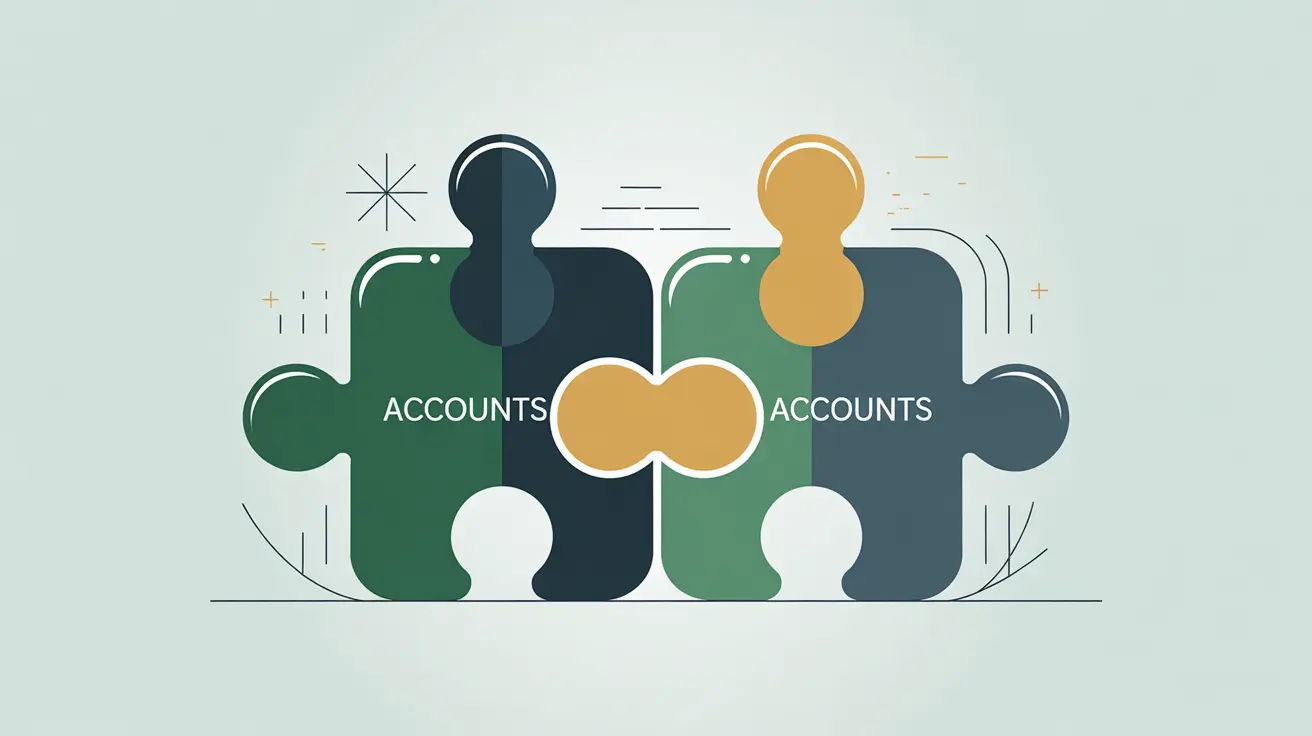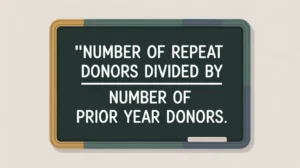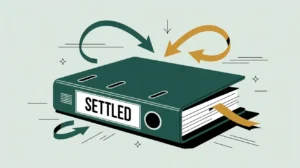Importance of Reconciliation (Bank, Grants, Subledgers)
Reconciliation ensures that recorded transactions in the accounting system match actual financial activity across bank accounts, grants, and subledgers. This matters because discrepancies can signal errors, fraud, or compliance issues, all of which undermine donor trust and organizational credibility. For nonprofits in social innovation and international development, reconciliation provides the accuracy needed to manage multi-donor funding, cross-border transfers, and restricted funds. Boards and leadership value reconciliation as a safeguard of financial integrity and accountability.
Definition and Features
Reconciliation is defined as the process of comparing and aligning financial records from different sources to ensure consistency and accuracy. Key features include:
- Bank Reconciliation: matching cash records with bank statements.
- Grant Reconciliation: ensuring expenses charged align with donor budgets and reports.
- Subledger Reconciliation: confirming subsidiary ledgers (e.g., payroll, accounts receivable) agree with the general ledger.
- Error Detection: identifies missing entries, duplications, or misclassifications.
Reconciliation differs from journal entries because it verifies the accuracy of recorded transactions rather than creating them.
How This Works in Practice
In practice, nonprofits reconcile accounts monthly or quarterly. For example, a nonprofit may reconcile its bank account to ensure deposits of donor contributions and payments for program expenses match the ledger. Grant reconciliation may involve comparing reported expenses to both internal records and donor-approved budgets. Finance teams prepare reconciliation schedules, and managers review and approve them before financial reports are finalized. Boards and auditors often request reconciliations as evidence of sound financial controls.
Implications for Social Innovation
For nonprofits in social innovation and international development, reconciliation ensures that funding is managed with precision and accountability. Transparent reconciliations reduce information asymmetry by demonstrating that donor funds are tracked and reported accurately. Donors value organizations that maintain clean reconciliations, as it signals reliability and compliance. By institutionalizing reconciliation processes, nonprofits can strengthen internal controls, detect risks early, and build the trust required to sustain systemic change.







